You’re walking alongside a beaver flowage and encounter large mustelid tracks – a bounding pattern along the bank for more than 100 yards. Then the tracks cross the broad frozen pond, whereupon they enter the forest and continue a meandering route up and over a distant ridge. There are two possibilities: fisher or otter. Fishers will opportunistically visit and inspect wetland and riparian habitats in search of mammal prey, birds, nuts, and lingering winter fruits. Otters occasionally leave their semi-aquatic haunts and make beelines over hill and dale in search of other streams and ponds. So which tracks are these? Here are some clues to help us sort things out.
Fisher (Martes pennanti)
Fisher tracks are muffled-looking. Occasionally tracks may show clear toe and middle pad features, but most do not because of the abundant foot fur that covers portions of the pads. Fisher feet have no webbing. Also, note the four protuberances on the surfaces of both fisher and otter hind feet. These are entrances to tiny conduits that transfer glandular secretions from within the foot epidermis. These glands are employed by both species for scent marking.
Look at the track image and find the front foot track; it is the one that has a clear carpal pad impression at the base of the track. Notice that the front foot is bigger than the hind foot, making it handy for grasping and gripping prey that are attempting to escape.
Tracks may lead to evidence of a male or female fisher’s unique scent marking behaviors, especially in late winter. Protruding stumps, roots, and rotten logs that are above the snow pack are mounted, rubbed, and rolled upon. Feces, urine, and fisher hairs will be found at these scent stations.
Otter (Lontra canadensis)
Otter pad impressions are well-defined because the robust pad surfaces are largely furless. This enhances an otter’s sensory abilities, enabling it to better feel and secure hidden prey within murky and muddy underwater habitats. Otter tracks will also, at some point, reliably register clear mesial webbing – the webbing unites the toes at the half-way point. This webbing is unique to this piscivorous swimming mustelid.
Hind foot tracks of otters are bigger than their corresponding front foot tracks, no doubt a helpful adaptation because otters are swimmers. Again, the carpal pad impression helps us know which track was made by the front foot.
Otter tracks will always lead back to water where the characteristic slide impressions are likely to be seen. Lengthy slides with clean edges, a consistent width, and a smooth toboggan-like base are the work of the otter’s Johnny Weissmuller-like torso, the legs tucked in for the length of the slide. If it’s obvious that a good time was being had, then it oughta be otter!


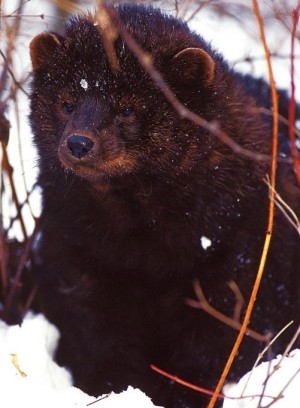
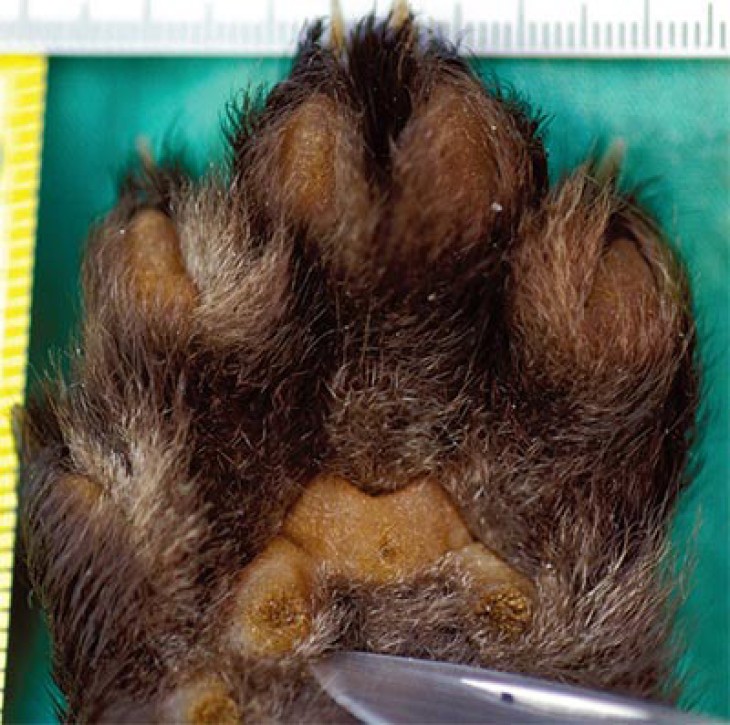


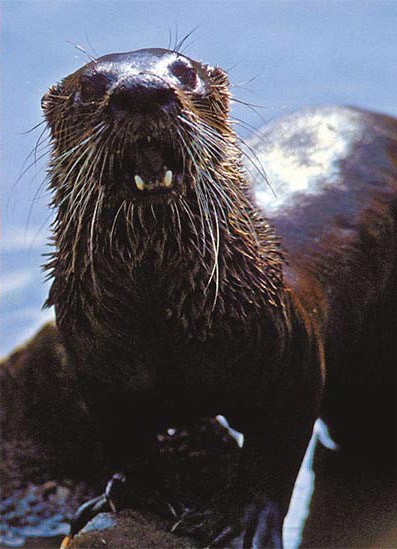

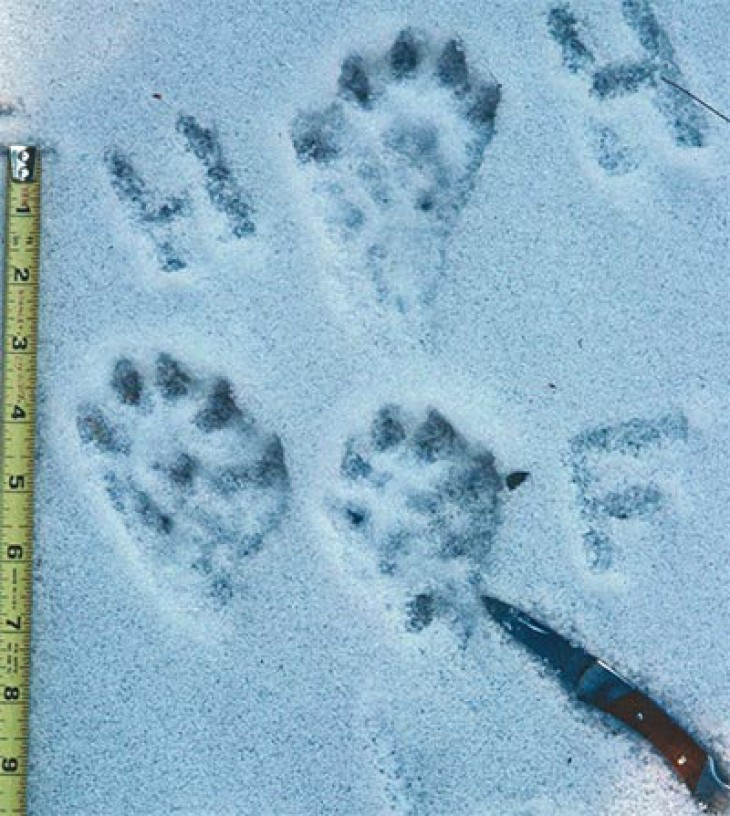
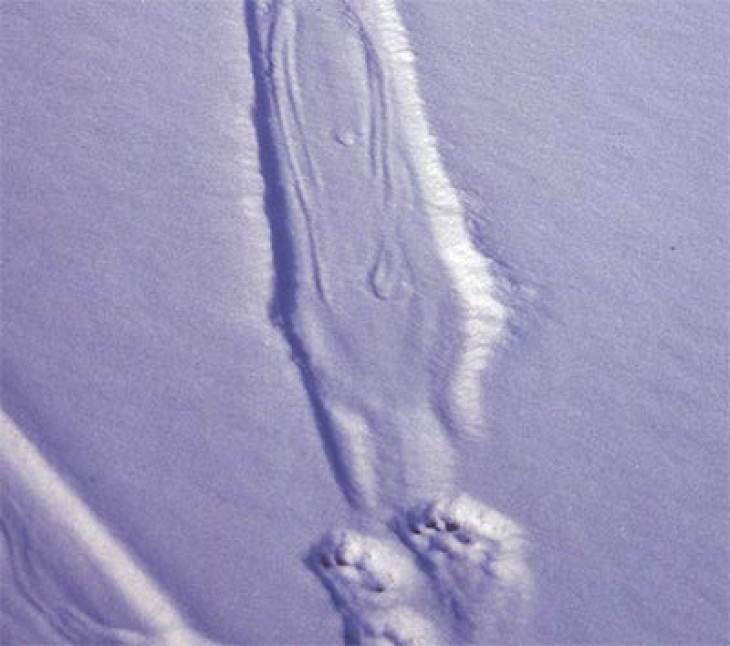
Discussion *